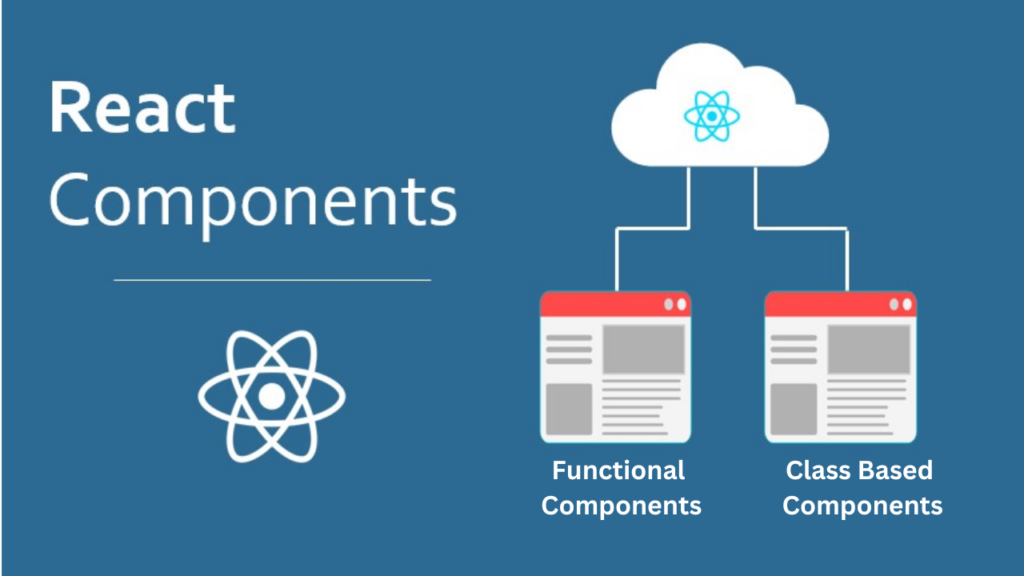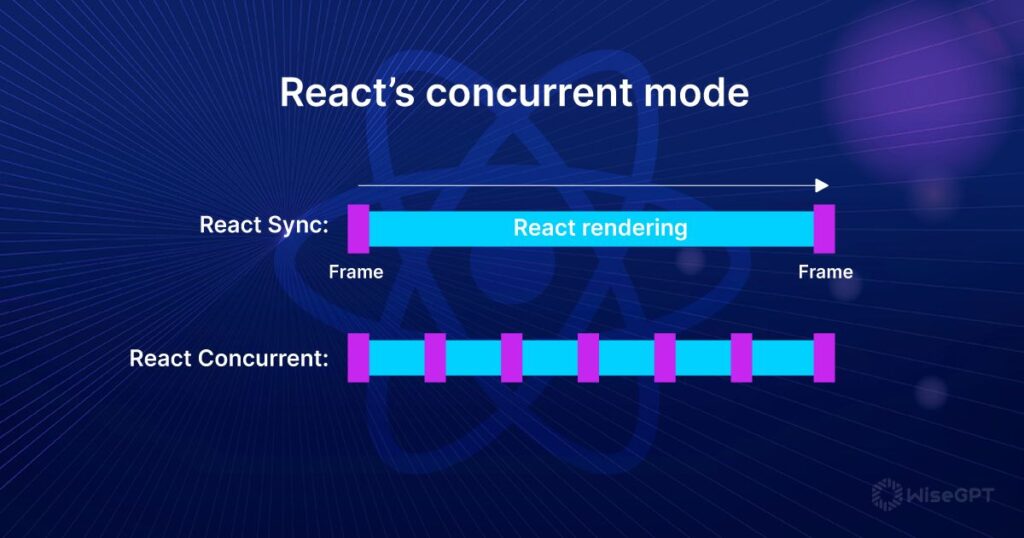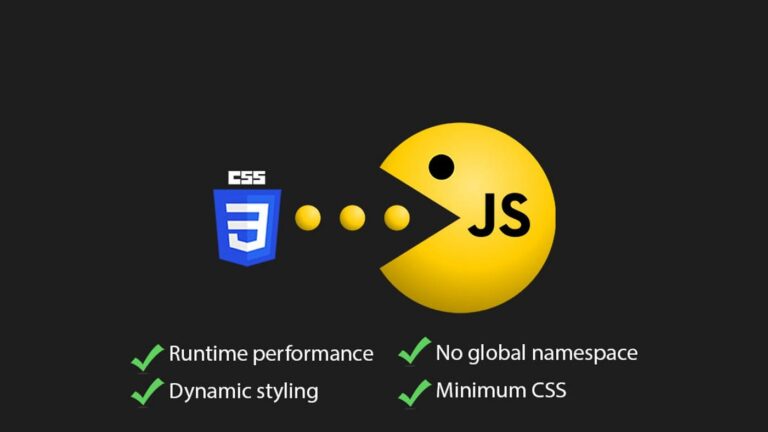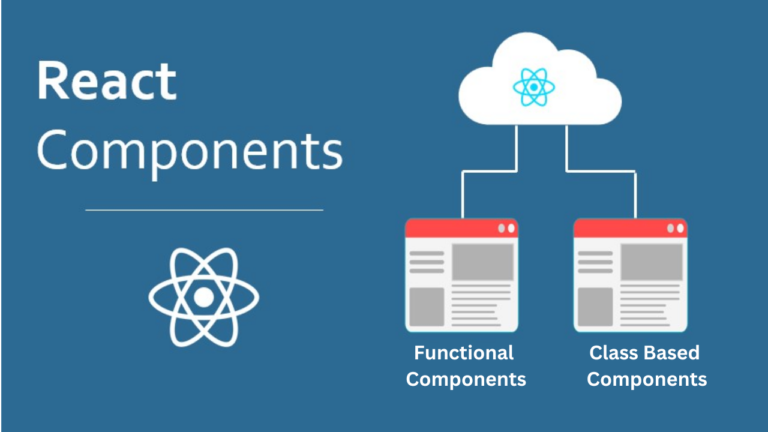React has always pushed the boundaries of web development, empowering developers to create fast, dynamic interfaces. But speed isn’t everything, efficiency, sustainability, and user satisfaction are equally important. Today, we’ll dive deep into the lesser discussed art of optimizing React applications for performance. We’ll focus on techniques that improve your app without compromising its functionality.
Introduction: Why Optimization Matters
Modern web applications face growing expectations for responsiveness and speed. Users demand swift page loads, quick transitions, and an overall good user experience. As web developers, we balance these demands.
React is particularly well suited for this challenge. Its modularity allows us to fine tune performance without changing an entire application. Through targeted optimizations, we can reduce load times, minimize memory usage, and ensure smooth rendering even under heavy data loads.

The Basics: Identifying Bottlenecks
Before diving into optimizations, we must understand where performance bottlenecks occur. Some common areas to analyze are rendering, network requests, assets, and state management. For example, can we minimize data fetching waterfalls? What about ensuring efficient state updates? React’s built in tools, such as the React DevTools Profiler, help pinpoint bottlenecks with precision, providing actionable insights into performance improvements.
Advanced Techniques
Let’s go over some ways in which we can optimize React.
- Code Splitting: Large codebases can slow down loading times. With tools like Webpack and React.lazy(), you can split your code into smaller bundles. For example, you could load a product catalog page’s code only when users navigate to it. This means the initial page load remains lightweight, with additional scripts dynamically fetched only when required. This approach is ideal for single page applications where not all features are needed immediately.

- Memoization: React.memo and useMemo are powerful tools for preventing unnecessary re-renders of components and computations. Properly implement these to maintain high performance.
- Concurrent Rendering: React’s concurrent rendering feature allows smoother user interactions during heavy computations. Although it’s still evolving, this feature shows immense promise for React apps. React’s concurrent rendering feature allows smoother user interactions during heavy computations. Although it’s still evolving, this feature shows immense promise for React apps. For example, you could use it to prioritize rendering updates by splitting work into smaller units. This way, user interactions like typing in a form or clicking a button are handled instantly, even if the app is processing large data in the background.

- Virtualized Lists: Long lists of data can bog down rendering. Libraries like React Virtualized efficiently handle large datasets and ensure responsive scrolling and interactions.
- Avoid Overuse of State: Consider whether all data needs to live in the state. For example, global state management libraries like Redux or Context API should only handle truly shared and essential data.
Conclusion
React’s flexibility makes it a developer’s dream for building performance driven applications. However, without active optimization strategies, even React apps can succumb to inefficiencies. By employing techniques like code splitting, memoization, and virtualized rendering, you can create apps that balance speed with functionality and deliver excellent user experiences.

At Bright Bridge Web, we are passionate about harnessing the full power of React to craft scalable, optimized, and user centric solutions for our clients. If you’re ready to elevate your digital presence, let us help you achieve your goals.






